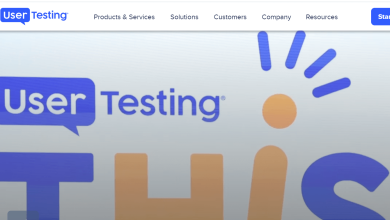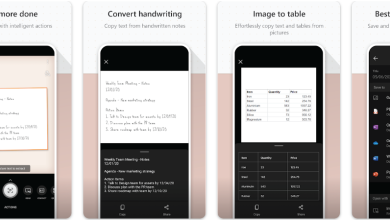
Do you have a large order from one of your clients, but don’t have the cash to fulfill it? If so, then you might want to seriously consider applying for purchase order financing. Although it’s one of the most commonly misunderstood forms of lending, rest assured it is one that provides businesses with a lot of benefits when used in the right way.
With purchase order financing, you can take orders from your customers without having to worry about where you will come up with the resources to do so.
PO financing is a sound financial solution for companies whose sales constantly get ahead of their revenue. However, this type of financing isn’t suited to all businesses. PO financing is recommended for companies that sell finished goods as well as established organizations, as opposed to individual consumers.
How Does PO Financing Work?
Consider this scenario: Your business received a large PO from a customer. So, you call up your supplier to order the goods and they ask you for the payment upfront. However, since your client will not be paying you for 30 to 90 days, you won’t have the cash needed to pay your supplier.
On top of that, if you were to pay straight away, it would create a huge cash-flow gap in your company’s working capital. However, instead of canceling your order for the goods you need to fulfil your order from your customer, you can simply apply for PO financing and salvage your deal.
That’s why purchase order financing is a good solution for companies that lack the cash flow to fill the orders of their customers. It gives businesses up to 100% financing that is needed to buy the products they need from their suppliers.
Once you get approved of the loan, the lending company will then make the payment via cash or credit to your suppliers themselves. The loan is then paid back through the invoices of your customers.
This type of financing is also a good alternative for companies that cannot meet the requirements of a bank term loan. Even start-up businesses can apply since the approval of the loan will be based on the business’ creditworthiness, as well as their history with both suppliers and customers.
What’s the Process Involved in PO financing?
There are 4 parties involved in purchase order financing: the seller/borrower (entrepreneur), lender, supplier, and the customer. Here are the steps involved in PO financing:
- The Customer Issues a Purchase Order to the Seller
The process starts with the customer submitting a purchase order. The PO then specifies the product, unit, and the date for which they expect the products to be delivered or fulfilled. Based on the information in the purchase order, you’ll then be able to gauge whether you need to have access to additional financing or not.
- The Seller Requests a Quote from the Supplier
Before placing the orders, the sellers will then ask their suppliers for a request for a quotation. Once the supplier receives the request of the seller, they will then determine whether they can fulfill the orders or not. If they can, they will send a quotation that specifies how much is needed for the requested goods.
Once the seller receives the quote from the supplier, they will then determine whether they can pay for the goods out of pocket or whether they need to apply for PO financing.
- Purchase Order Financing Application
Once you’ve confirmed that you need back-up financing to fulfill your customer’s orders, you’ll then need to have your documents ready for the PO financing application.
Lenders usually ask their borrowers to submit a cost breakdown from the supplier along with the purchase order. This is how they determine how much they will lend you. Some lenders can provide up to 100% financing while others may only approve sellers for up to 80 to 90%. If you don’t get approved for 100% of the financing, you may have to use your own assets in order to make up the balance.
- The Lending Company Pays the Supplier
What makes purchase order financing different from other loan options is the fact that lenders don’t give the cash to the borrowers. Once the loan is approved, the lending company will then pay the suppliers themselves. The amount should cover the costs of the goods including the manufacturing expenses and other fees.
- The Supplier Fulfills and Ships the Order
Since the orders have been paid for, the suppliers will then fulfill the orders. Once the orders are complete, the supplier then delivers the goods directly to the customers. The seller is usually not involved in this step.
- An Invoice is Sent to the Customer
The suppliers are obliged to let the seller know the delivery schedule of the goods. After the order is fulfilled, the seller sends an invoice to the customers. The invoice outlines the amount, date of delivery, and the due date for payment. The terms should be the same as the one provided by the lending company when the PO financing was approved.
- Customer Pays the Lending Company
Depending on the agreement, the customer may pay for the goods upfront or within a few days. If it’s the latter, the lending company may buy the invoices from you and settle the payment themselves. This is then considered as an invoice factoring rather than PO financing.
When the customers are ready to pay, they will have to go to the financing company directly and send their payment to them.
Is Purchase Order Financing Right for Your Business?
Purchase order financing is a great solution for rapidly growing companies who are still building their cash flow. It lets you fulfill large orders from customers and improve their company’s credibility and reputation.




